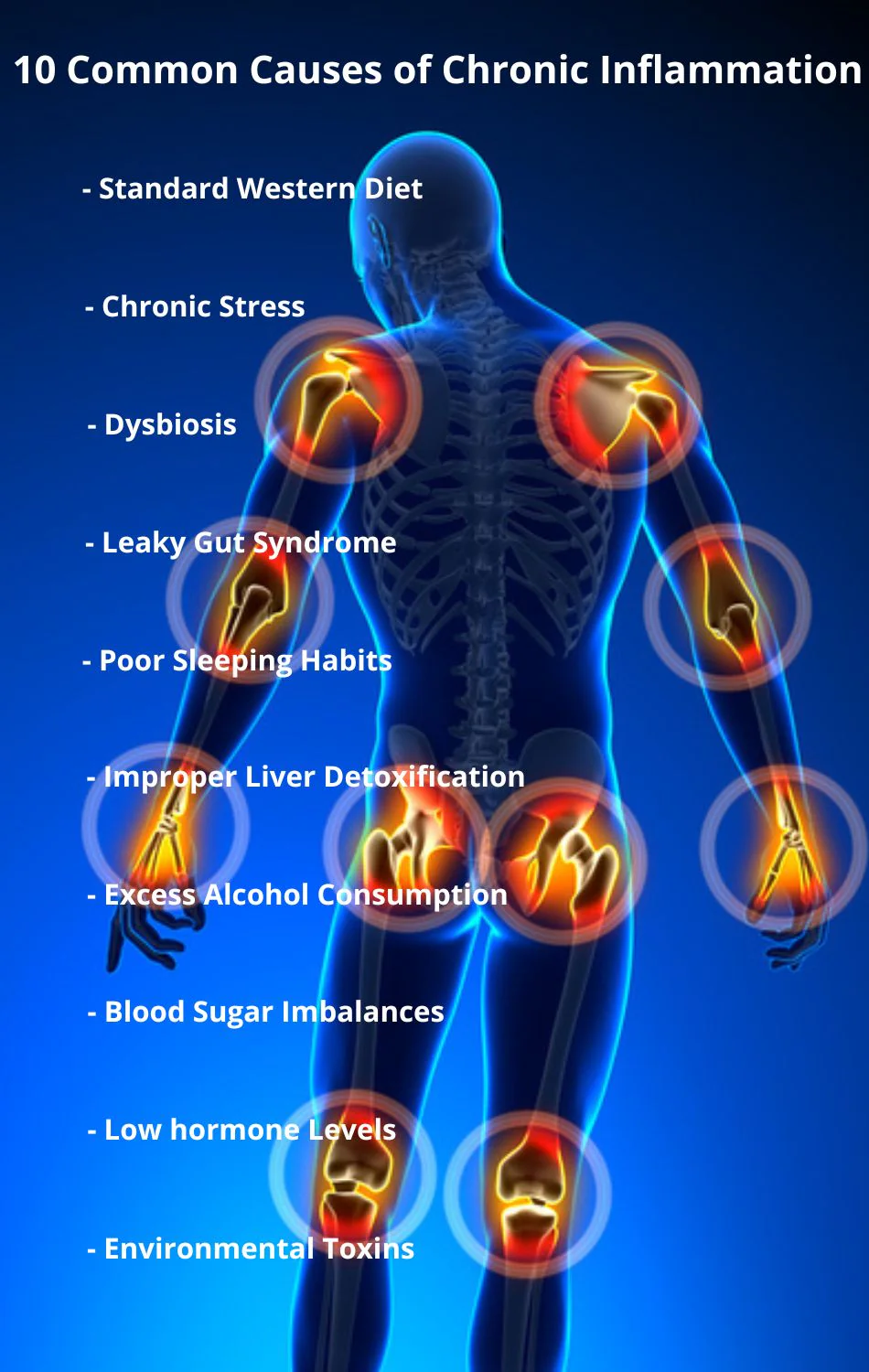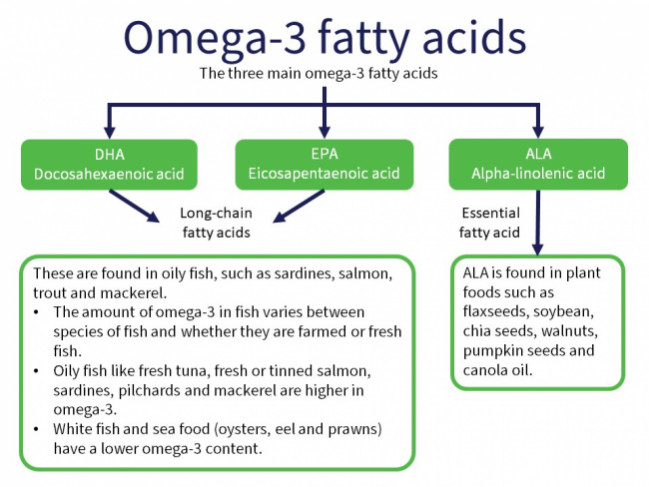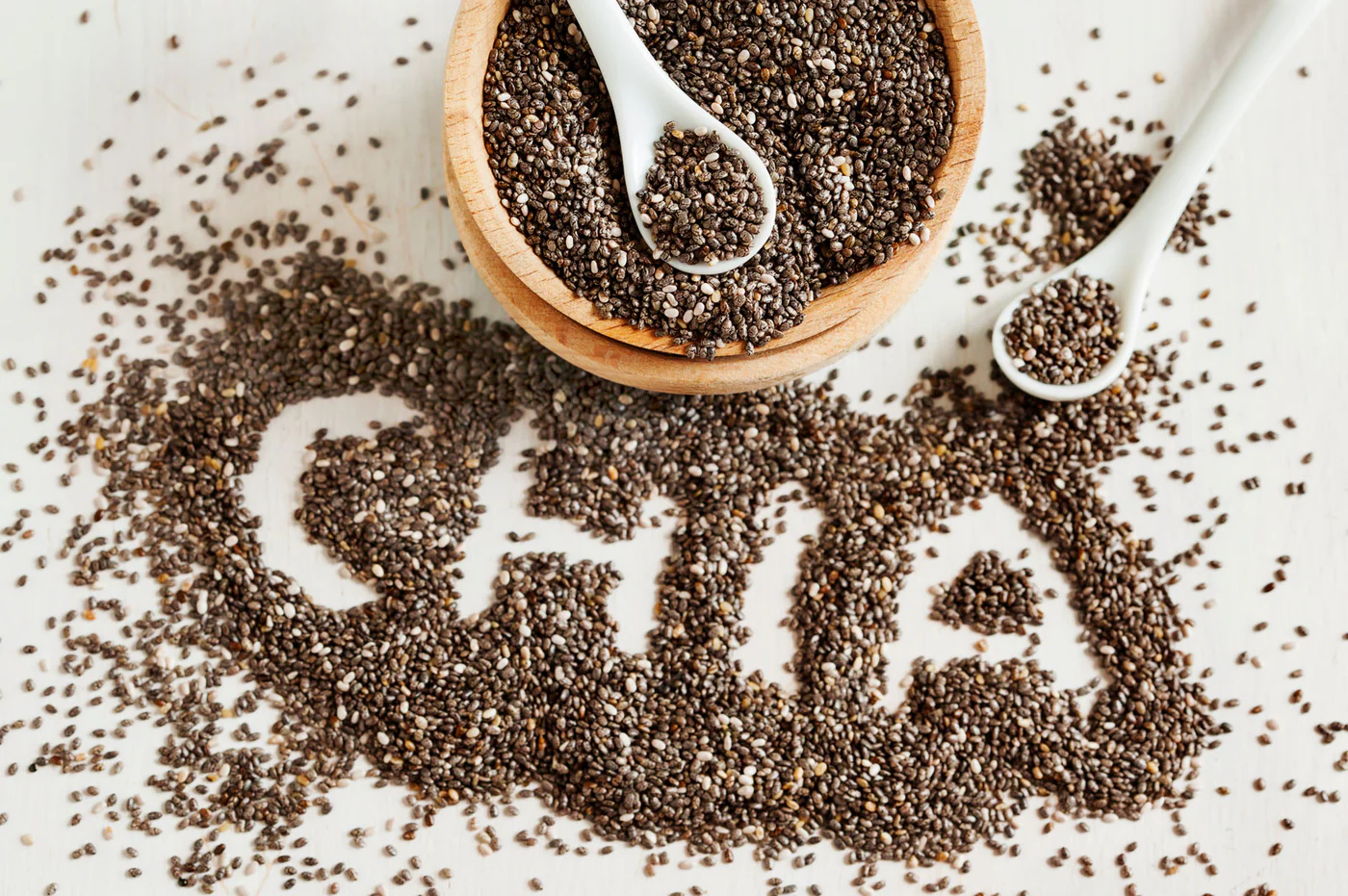
Chronic inflammation, as covered in this author’s previous post, is a degenerative condition linked to, and a contributor of, deeper pathophysiological aberrations in health to include chronic obstructive pulmonary disease, cancer, autoimmune disorders, type 2 diabetes, and cardiovascular disease.1 Considering the damage uninhibited inflammation can produce, methods to help control the intensity and degree of chronic inflammatory processes is paramount, and one intervention could include the introduction of omega-3 fatty acids (O3FAs) in the diet. As such, the following will consider the same and its effect upon inflammatory biomarkers.

Several factors exist which induce inflammatory cascades to include physical and mental stress, as well as environmental triggers (i.e., air and water pollution from heavy metals) and foods rich in omega-6 fatty acids (i.e., ultra-processed foods).2,3,4,5 Such factors, especially if left unchecked, have the capacity to inflict damage from a cellular level to the organism as a whole. Thus, removal or management of such drivers of inflammation would be a logical and reasonable first step. Another intervention, however, could be the concurrent use of substances which directly interface with inflammatory mediators, namely O3FAs. The following will consider chia seeds in greater detail, to include their uses, history, countries of origin, cultivating methods. Finally, chia seeds will be considered for their impacts on biomarkers and overall health.

O3FAS can be found from multiple sources to include chia seeds, also known as Salvia hispanica L.6 Chia seeds have a long history dating back to the pre-Columbian Mesoamerica era where domestication and cultivation of said seed began.7 During said period, chia seeds were a highly valued commodity which was used as an oil, medicine, and food source.7(171) As of recent, chia seeds have escalated both in popularity and use as a viable source of O3FAs. Today, Chia seeds are cultivated mainly in Peru, Mexico, Guatemala, Columbia, Bolivia, Australia, and Argentina.7(172) Jamboonsri et al7(173) also indicated that chia seeds have become an emerging and cultivated crop in Southeast Asia and some states to include Kentucky, likely to its low requirements; chia seeds do not demand heavy irrigation, pesticides, or fertilizers.

As mentioned in the previous section, chia seeds have emerged as a rich source of O3FAs.6(2) Considering that a substantial portion of the population is overweight/obese in North America, and that excessive adipocyte accumulation itself produces and perpetuates chronic inflammation, such a group is likely to benefit from the introduction of O3FAs.2(142) Specifically, monocytes (a form of white blood cell) are found in high concentrations amongst hypertrophic (overgrown) fat cells which causes anti-inflammatory cytokines to down-regulate; such an event allows for a deeper inflammatory cascades to follow. Ultimately, obesity perpetuates inflammation, and inflammation drives obesity. However, Pandurangan et al6(2) suggested that O3FAs within chia seeds might help break said perpetual loop and help support a return to normal immune function.

Pandurangan et al6(2) conducted a study whereby human mesenchymal cells were procured and cultured to produce pre-adipocytes (pre-fat cells) and monocytes (converted to macrophages by lipopolysaccharide stimulation) for experimental and control groups. In the experimental groups, chia seed fatty acid extract was introduced to said cells over 14 days in differing concentrations (0.1 μg/mL, 0.2 μg/mL and 0.4 μg/mL) to monitor growth and inflammatory markers.6(4) Chia seed extract doses of 0.4 μg/mL helped limit the further proliferation of adipocytes (hyperplasia-reproduction of more fat cells), decreased hypertrophy (size of fat cells), and lowered lipid accumulation within said cells.6(8) The adipocyte condition media treated with chia seed extract also effectively reduced the macrophage and foam cell concentrations. Furthermore, the expression of inflammatory genes (i.e., TNFα, IL-6) were down-regulated in the experimental group when compared to the control.6(11) Said evidence suggests that chia seed fatty acids can help reduce fat cell proliferation/growth, and control expression of inflammatory genes.
In conclusion, chronic inflammation is a degenerative condition linked to, and a contributor of, deeper pathophysiological states such as chronic obstructive pulmonary disease, cancer, autoimmune disorders, type 2 diabetes, and cardiovascular disease. Despite inflammation’s seemingly unavoidable progression into severe forms of disease, measures can be taken to help offset such a prognosis. One intervention could include the introduction of O3FA-rich foods, such as chia seeds, to help attenuate the degree and spread of adipocytes, inflammatory components (i.e., macrophages), and inflammatory gene expression. As part of a larger and more inclusive approach, chia seeds/O3FAs could support an individual’s return to optimal immune function, health, and longevity.
References
1. Askari G, Aghajani M, Salehi M, et al. The effects of ginger supplementation on biomarkers of inflammation and oxidative stress in adults: A systematic review and meta-analysis of randomized controlled trials. J Herb Med. 2018:1-26. doi:10.1016/j.hermed.2020.100364.2.
2. Ilich JZ, Kelly, OJ, Kim Y, et al. Low-grade chronic inflammation perpetuated by modern diet as a promoter of obesity and osteoporosis. Arh Hig Rada Toksikol. 2014;65(2),139-148. doi: 10.2478/10004-1254-65-2014-2541.
3. Irwin MR, Olmstead R, Carroll JE. Sleep disturbance, sleep duration, and inflammation: A systematic review.Biol Psychiatry. 2016;80(1):40-52. doi:10.1016/j.biopsych.2015.05.014.
4. Umamaheswaran S, Dasari SK, Yang P. Stress, inflammation, and eicosanoids; An emerging perspective.Cancer Metastasis Rev. 2018;37(2-3):203-211. doi:https://doi.org/10.1007/s10555-018-9741-1.
5. Zheng X, Huo X, Zhang Y, et al. Cardiovascular endothelial inflammation by chronic exposure to lead (Pb) and polycyclic aromatic hydrocarbons from preschool children in an e-waste recycling area.Environ Pollut. 2019;246:587-596. doi:10.1016/j.envpol.2018.12.055.
6. Pandurangan SB, Al-Maiman SA, Al-Harbi LN, et al. Beneficial fatty acid ratio of Salvia hispanica L. (chia seed) potentially inhibits adipocyte hypertrophy, and decreases adipokines expression and inflammation in macrophage. Foods. 2020;9(3):1-15. doi:10.3390/foods9030368.
7. Jamboonsri W, Phillips TD, Geneve RL, et al. Extending the range of an achiene crop, Salvia hispanica L.-A new ω3 source. Genet Resour Crop Evol. 2012;59:171-178. doi: 10.1007/s10722-011-9673-x.
-Michael McIsaac
